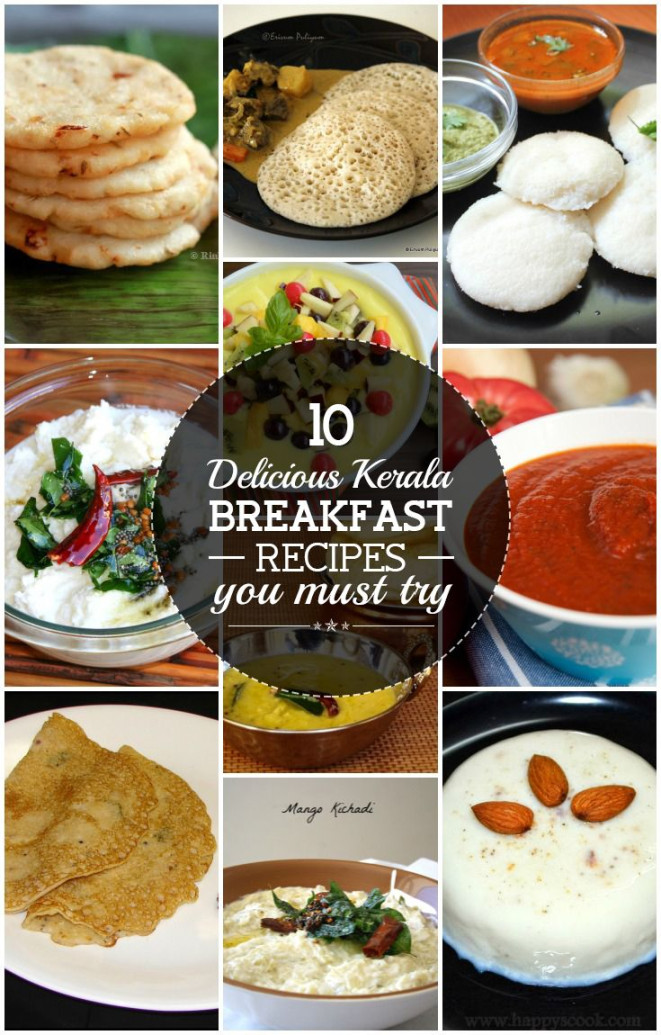Kerala, a coastal state in southern India, is renowned for its vibrant culinary scene. Its breakfast offerings, in particular, are a delightful blend of simplicity, spice, and freshness. Inspired by the diverse flavors of Kerala, we’ve crafted a unique dish that pays homage to this culinary heritage.
Ingredients:
For the Masala Dosa:

Image Source: pinimg.com
Preparation Process:
Total Time: 2-3 hours
Masala Dosa Batter:
1. Soak the urad dal, idli rice, and fenugreek seeds in water for 4-5 hours.
2. Grind the soaked ingredients into a smooth batter.
3. Ferment the batter for 8-10 hours in a warm place.
Coconut Chutney:
1. Grind the grated coconut, green chilies, ginger, tamarind paste, and salt into a smooth paste.
2. Add water as needed to adjust the consistency.
Sambar:
1. Pressure cook the toor dal with 3 cups of water until soft.
2. Heat oil in a pan, add cumin seeds, and let them splutter.
3. Add onion, green chilies, and sauté until golden brown.
4. Add the tomato and cook until soft and pulpy.
5. Add coriander powder, turmeric powder, red chili powder, and asafoetida.
6. Add the cooked toor dal and vegetable stock.
7. Bring to a boil, then reduce heat and simmer for 15-20 minutes.
8. Season with salt and garnish with fresh coriander leaves.
Assembling the Dish:
1. Heat a non-stick pan or tawa.
2. Pour a ladleful of batter onto the hot tawa and spread it into a thin, circular shape.
3. Drizzle oil around the edges.
4. Cook until golden brown on both sides.
5. Serve the masala dosa hot with coconut chutney and sambar.
A Fusion of Flavors
This Kerala-inspired breakfast dish is a delightful fusion of flavors and textures. The crisp, savory masala dosa, paired with the tangy coconut chutney and the hearty sambar, creates a symphony of taste that is both comforting and invigorating.
The influence of Kerala’s rich culinary heritage is evident in every bite. The use of fermented batter for the dosa is a traditional technique that adds a unique flavor profile. The coconut chutney, a staple in Kerala cuisine, provides a cooling contrast to the spicy sambar.
By combining these elements, we’ve created a dish that is both authentic and innovative. It’s a testament to the versatility of Kerala cuisine and its ability to inspire culinary creativity.